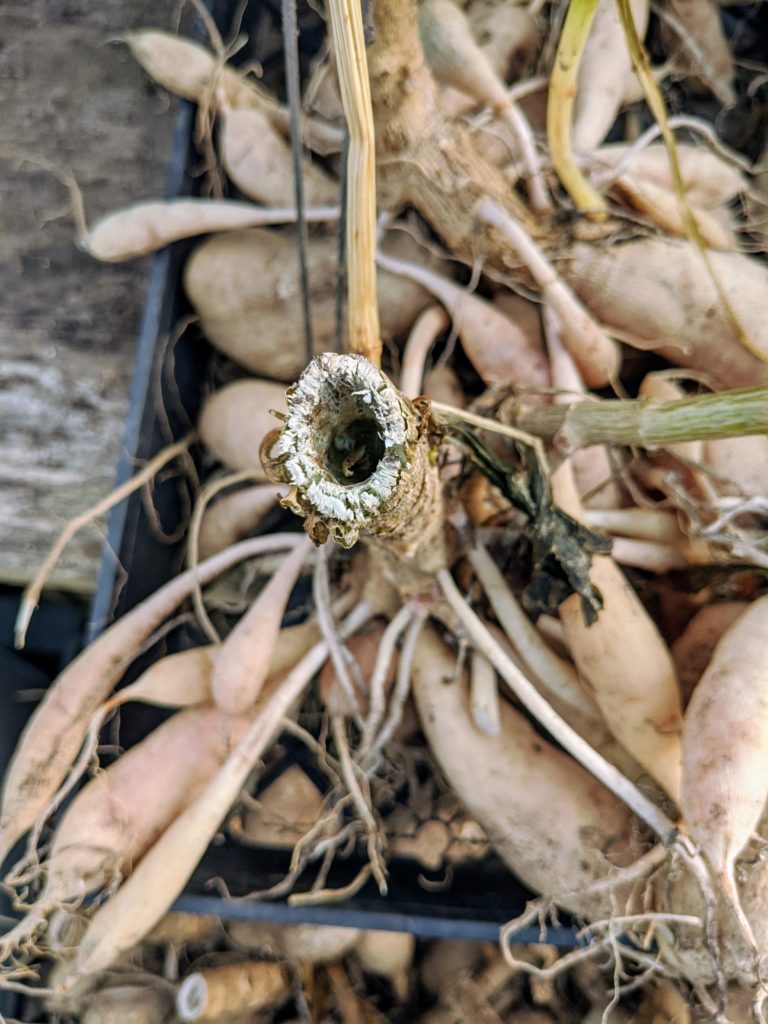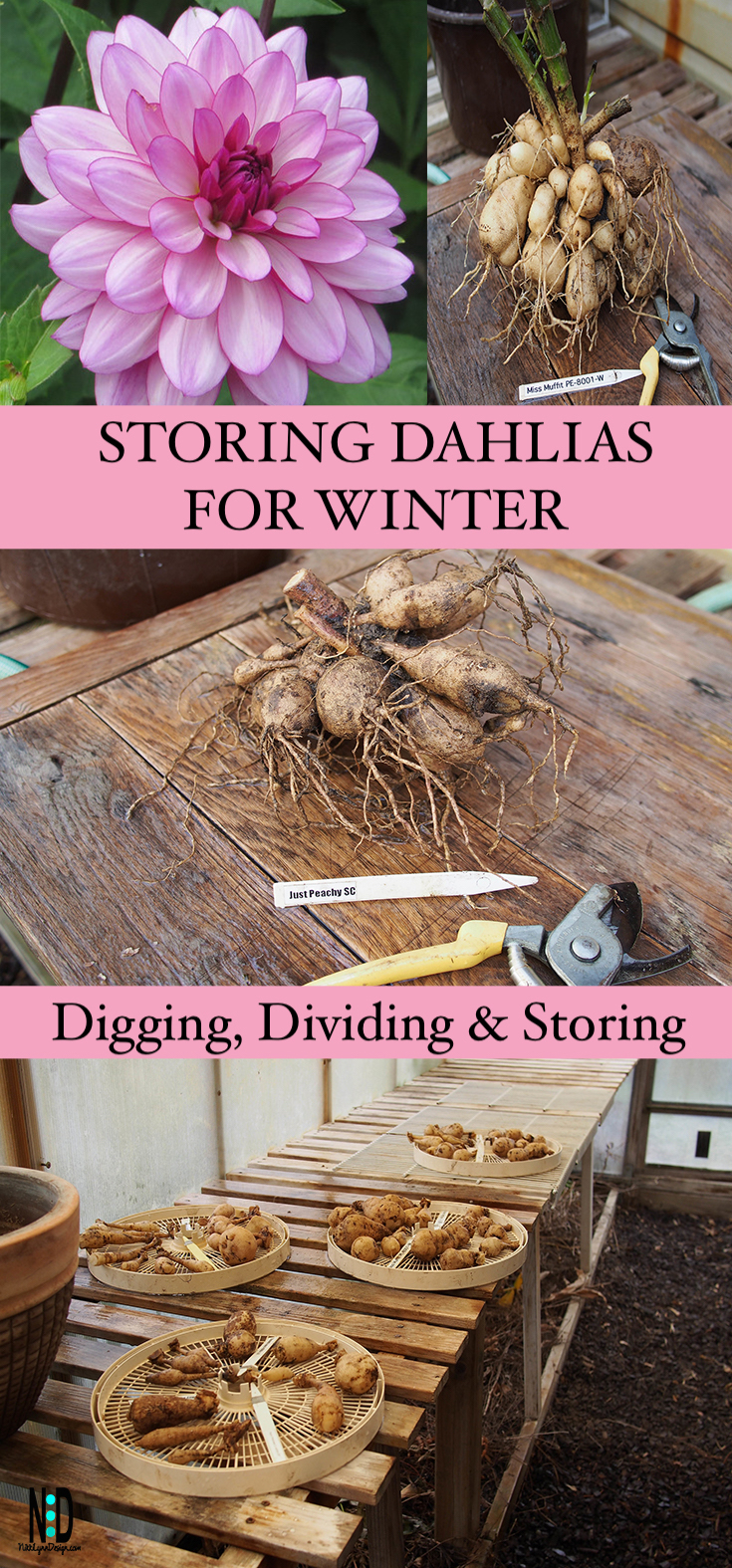Why Winterizing Dahlias is Crucial
Dahlias are tender perennials that require special care to survive the harsh winter months. If not properly protected, they can fall victim to frost damage, root rot, and pest infestations, ultimately leading to their demise. Winterizing dahlias is a crucial step in ensuring their survival and promoting healthy growth in the spring. By understanding the importance of winterizing dahlias, gardeners can take proactive steps to safeguard their plants and enjoy their vibrant blooms for years to come. In fact, learning how to winterize dahlias is essential for any dahlia enthusiast, as it can make all the difference between a thriving garden and a barren landscape. So, what are the risks of not winterizing dahlias, and how can gardeners protect their plants from the cold?
Preparing Your Dahlias for the Cold Season
Before the first frost, it’s essential to prepare your dahlias for the cold season. This involves several steps that will help protect your plants from damage and ensure their survival over the winter. One of the most critical steps is to cut back the foliage to about 4-6 inches from the ground. This will help prevent moisture from seeping into the crown of the plant and causing rot. Additionally, remove any dead flowers and clean up debris around the plants to prevent pests and diseases from taking hold. By taking these steps, you’ll be well on your way to learning how to winterize dahlias and ensuring their healthy return in the spring.
How to Dig and Store Dahlia Tubers
Once the foliage has been cut back, it’s time to dig up the dahlia tubers. This is a crucial step in learning how to winterize dahlias, as it will ensure their survival over the cold months. To dig up the tubers, carefully loosen the soil around the plant with a fork, being careful not to damage the tubers. Then, gently lift the tubers out of the ground, taking care to remove as much of the soil as possible. Next, clean and dry the tubers to prevent rot and decay. This can be done by gently brushing off any remaining soil and allowing the tubers to air dry for a few hours. Finally, store the tubers in a cool, dark place, such as a basement or garage, in a breathable container filled with vermiculite or peat moss. By following these steps, gardeners can ensure their dahlias remain healthy and thrive come springtime.
Alternative Methods for Winterizing Dahlias
While digging and storing dahlia tubers is a popular method for winterizing dahlias, it’s not the only way to protect these beautiful flowers from the harsh winter. For gardeners who prefer not to dig up their tubers, there are alternative methods that can be just as effective. One option is to mulch the dahlia bed with a thick layer of organic material, such as straw or bark chips. This will help insulate the soil and protect the tubers from freezing temperatures. Another method is to cover the dahlia bed with a layer of straw or burlap, which will help retain moisture and regulate soil temperature. Cold frames are also a great option, as they provide a protected environment for the dahlias to overwinter. When considering alternative methods for winterizing dahlias, it’s essential to weigh the pros and cons of each approach. For example, mulching can be a low-maintenance option, but it may not provide the same level of protection as digging and storing the tubers. By understanding the different methods available, gardeners can choose the approach that best suits their needs and ensures their dahlias remain healthy and thriving come springtime. When learning how to winterize dahlias, it’s essential to consider the specific needs of your plants and choose the method that works best for you.
Common Mistakes to Avoid When Winterizing Dahlias
When it comes to winterizing dahlias, there are several common mistakes that gardeners can make, which can ultimately lead to the demise of these beautiful flowers. One of the most critical mistakes is not digging up the tubers deep enough, which can expose them to frost damage and rot. Another mistake is not storing the tubers in a dry place, which can cause them to rot and decay over the winter. Additionally, failing to clean and dry the tubers before storage can lead to fungal diseases and pest infestations. When learning how to winterize dahlias, it’s essential to avoid these common mistakes to ensure the tubers remain healthy and thrive come springtime. To avoid these mistakes, gardeners should take the time to carefully dig up the tubers, clean and dry them thoroughly, and store them in a cool, dark place. By taking these precautions, gardeners can ensure their dahlias remain healthy and vibrant, and are ready to bloom again in the spring. By understanding how to winterize dahlias correctly, gardeners can enjoy these beautiful flowers for years to come.
How to Check on Your Stored Dahlias Over the Winter
Once dahlias are stored away for the winter, it’s essential to periodically check on them to ensure they remain healthy and ready for replanting in the spring. When learning how to winterize dahlias, it’s crucial to monitor the stored tubers for signs of rot, mold, or pest infestations. To do this, gardeners should check on the tubers every 4-6 weeks, looking for any visible signs of damage or decay. If any issues are detected, it’s essential to remove the affected tubers to prevent the spread of disease. Additionally, gardeners should ensure the storage area remains cool, dark, and dry, with a consistent temperature between 35-45°F (2-7°C). By regularly checking on stored dahlia tubers, gardeners can identify any potential issues early on and take corrective action to ensure a successful dahlia rebirth in the spring. Remember, how do you winterize dahlias is crucial to their survival, and regular monitoring is a critical step in the process. By following these simple steps, gardeners can enjoy their dahlias for years to come.
Replanting Dahlias in the Spring
When the last frost has passed and the soil has warmed up, it’s time to replant dahlia tubers in the spring. To ensure a successful dahlia rebirth, gardeners should prepare the soil by loosening it to a depth of 12-18 inches and adding a 2-inch layer of compost or well-rotted manure. Next, plant the dahlia tubers at a depth of 4-6 inches, depending on the variety, and space them 12-18 inches apart. It’s essential to plant the tubers with the “eyes” or growing points facing upwards and the stems buried up to the first true leaves. After planting, water the soil well and keep it consistently moist during the first few weeks. As the plants grow, provide support using stakes or a trellis to keep them upright and promote healthy growth. By following these simple steps, gardeners can enjoy a vibrant display of dahlias in the spring and summer. Remember, how do you winterize dahlias is crucial to their survival, and proper replanting is the final step in the process. With a little care and attention, dahlias can thrive for years to come.
Tips for a Successful Dahlia Rebirth
To ensure a successful dahlia rebirth in the spring, it’s essential to provide the right care and attention to the newly planted tubers. One of the most critical steps is to fertilize the soil with a balanced fertilizer, such as a 10-10-10 formula, to promote healthy growth and flowering. Additionally, prune the dahlia stems to encourage bushy growth and prevent them from becoming leggy. Providing support using stakes or a trellis is also crucial to keep the plants upright and promote healthy growth. Another important tip is to deadhead the flowers regularly to encourage the plants to produce more blooms. By following these simple tips, gardeners can enjoy a vibrant display of dahlias in the spring and summer. Remember, how do you winterize dahlias is crucial to their survival, and proper care in the spring is essential for a successful rebirth. With a little patience and attention, dahlias can thrive for years to come, providing a beautiful display of color and beauty in the garden.






